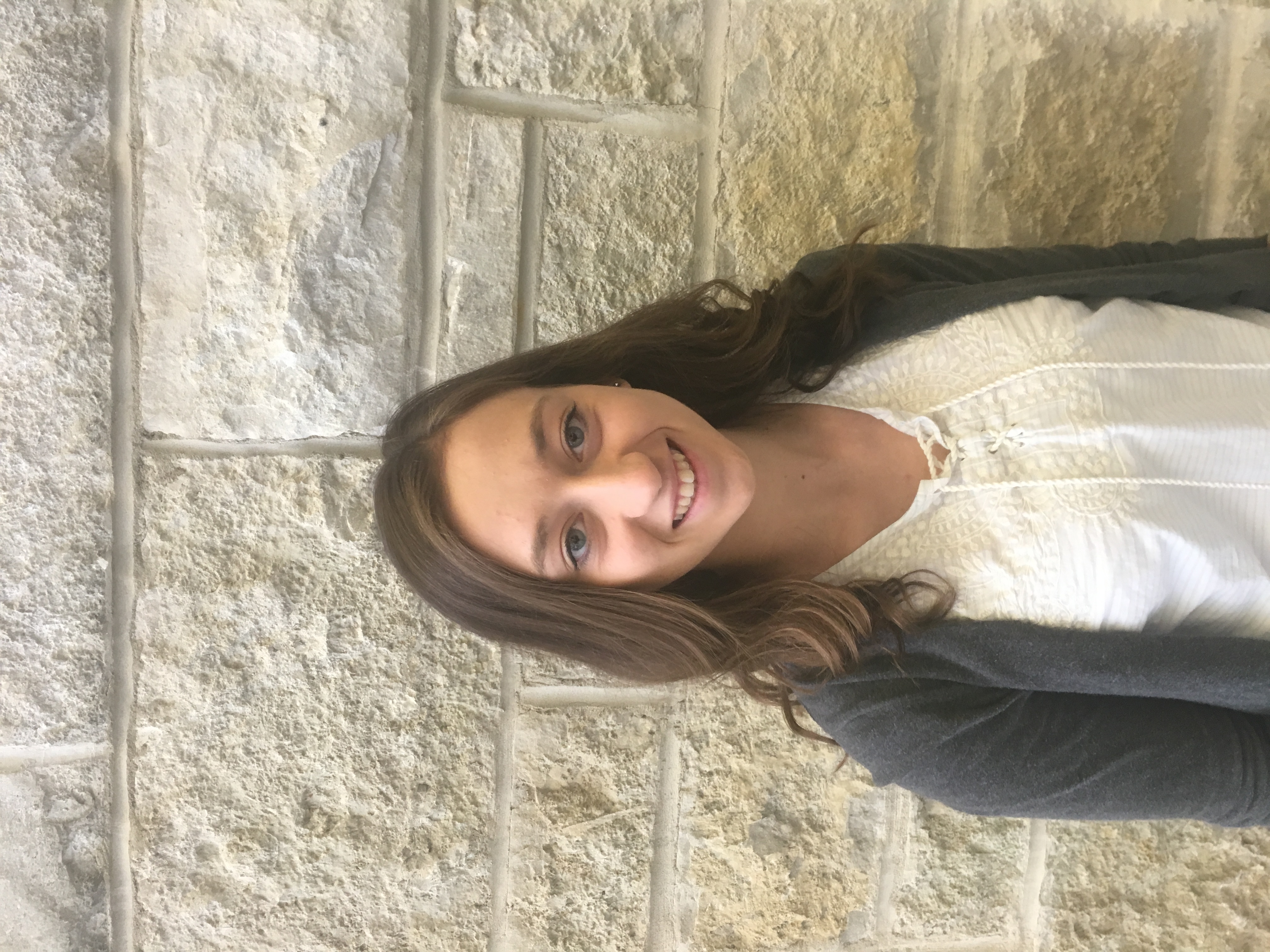Celebration of Scholars
Using a Visual Writing Toolkit to Reach Target Populations
 Name:
Jessica Livingston
Name:
Jessica Livingston
Major: Graphic Design & Public Relations
Hometown: Wheeling, IL
Faculty Sponsor:
Other Sponsors:
Type of research: Independent research

Major: Biology
Hometown: Jefferson, WI
Faculty Sponsor:
Other Sponsors:
Type of research: Independent research
Abstract
It was hypothesized that through the development and
implementation of a “Visual Learners Toolkit” for targeted populations, tutors
would communicate more effectively with international, developmental, and
at-risk clients, and encourage them to assume ownership of their work, and
better retain and apply new writing skills. Although many visual resources
already exist, a “kit” of unified visual resources would provide tutors with an
efficient tool and provide clients with information that is easily understood
and retained. The effectiveness of the kit was tested in sessions with clients
from targeted populations who had previously participated in traditional
Writing Center sessions. After successfully implementing this resource, the
current goal is to upgrade the kit to include a “set” of visuals for individual
writing topics that would move clients towards working independently.
Submit date: March 14, 2017, 3:29 p.m.
